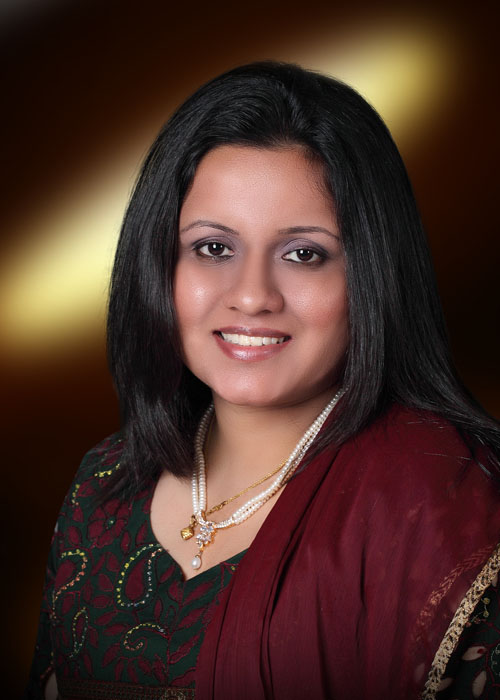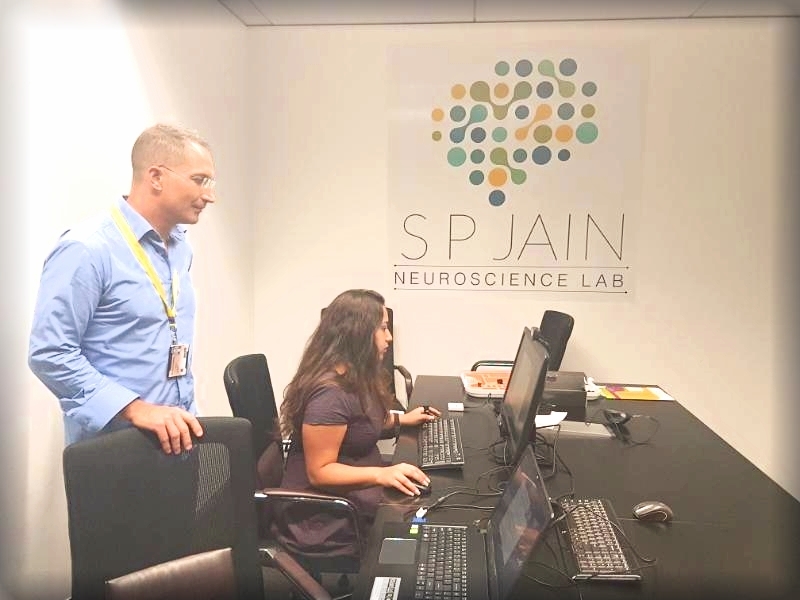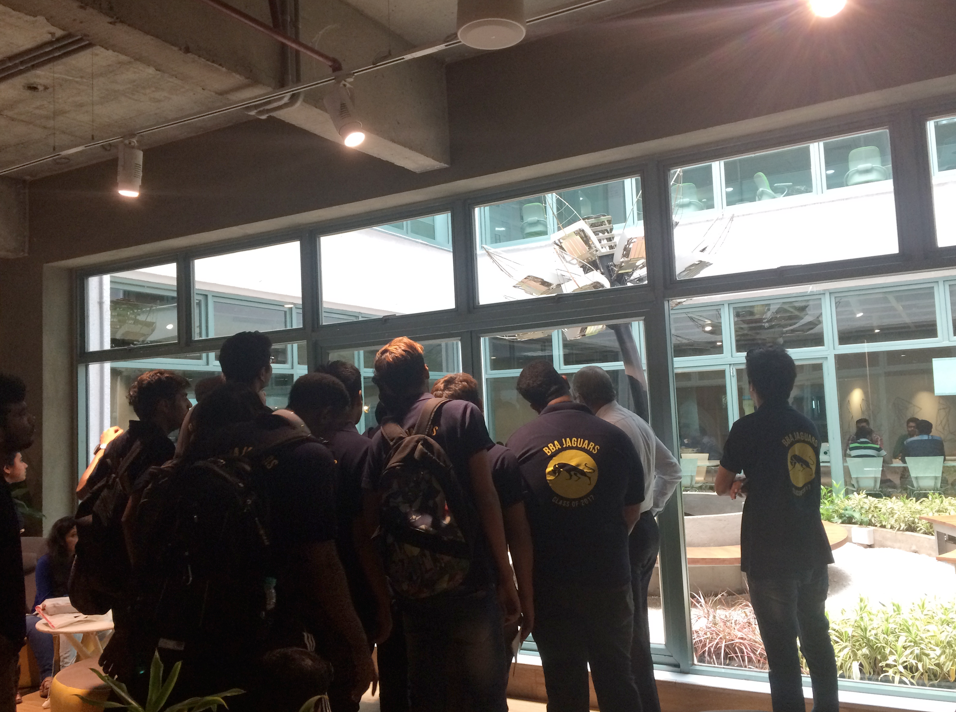The November of the year 2010 was a month of anticipation, excitement and nerves. I was to embark on journey that I had envisioned for myself for a long time— pursuing an MBA degree with one of the world’s leading business school. Little did I know that all the qualms and reservations that I hosted were going to be transformed into an experience of a lifetime, making me into a completely different person.
Topics: Global MBA, Alumni Stories









